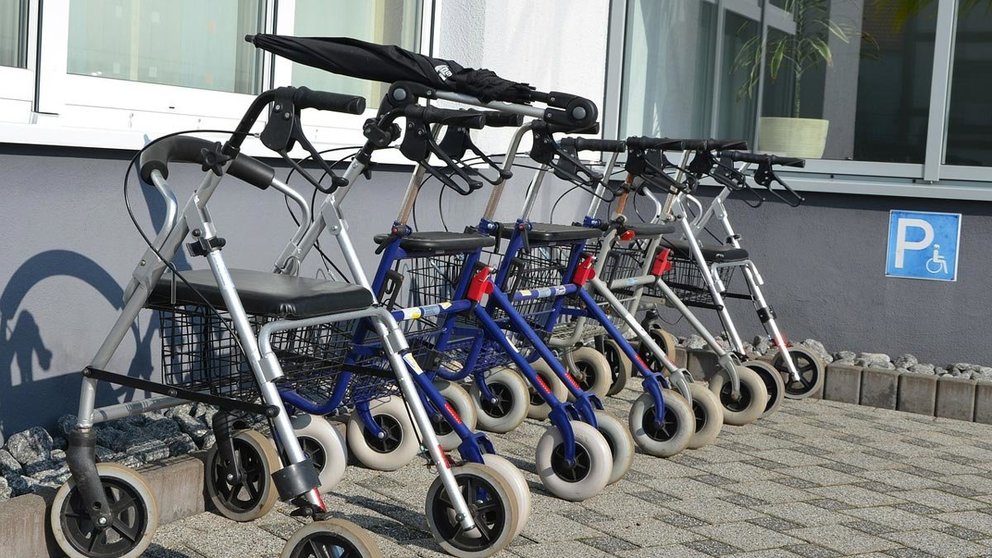On average, social protection spending in the European Union (EU) stood at 27.9% of Gross Domestic Product (GDP) in 2017, slightly lower compared to 28.7% in 2012, according to the latest data from Eurostat, the statistical office of the European Union.
The two main sources of funding of social protection at EU level were social contributions, making up 55% of total receipts, and general government contributions from taxes at 40%.
The EU average continued to mask major disparities between Member States: in 2017, social protection expenditure represented over 30% of GDP in France (34%), Denmark (32%) and Finland (31%). Finland registered a small increase compared to 2012, when social spending accounted for 30% of PIB. In France and Denmark social protection expenditure also increased.
These three leading countries were followed by Germany (close to 30%), Austria, the Netherlands, Italy, Belgium and Sweden (all 29%).
 In contrast, social protection expenditure stood below 20% of GDP in Romania (14%), Latvia, Ireland and Lithuania (all 15%), Estonia and Malta (both 16%), Bulgaria (17%), Slovakia and Hungary (both 18%), Cyprus and Czechia (both 19%).
In contrast, social protection expenditure stood below 20% of GDP in Romania (14%), Latvia, Ireland and Lithuania (all 15%), Estonia and Malta (both 16%), Bulgaria (17%), Slovakia and Hungary (both 18%), Cyprus and Czechia (both 19%).
Old age benefits
On average in the EU, old age and survivors benefits accounted for nearly 46% of total social benefits in 2017 and made up the major part of social protection benefits in nearly all Member States. This part includes retirement pensions.
The share of old age and survivors benefits in the total was highest in Greece (63%), Portugal and Italy (both 58%), Romania and Cyprus (both 56%), while it was lowest in Ireland (34%), Germany and Denmark (39%) and Luxembourg (40%). In Finland this share was 45.1%, according to Eurostat.
Sickness/health care and disability benefits accounted for 37% of total social benefits on average in the EU in 2017. Amongst Member States, the share of these benefits ranged from 23% in Cyprus and 26% in Greece to 45% in Ireland, 44% in Croatia and Germany, 43% in the Netherlands and 42% in Estonia. Finland allocated 32.1% of its social expenditure to this section.
Family and children benefits
Family and children benefits accounted for slightly less than 9% of total social benefits on average in the EU in 2017, unemployment benefits for 4%, and housing and social exclusion benefits also for 4%.
The share of family benefits in the total ranged from 4% in the Netherlands and 5% in Portugal and Spain to over 15% in Luxembourg and 13% in Poland and Estonia. In Finland this was 9.8%, therefore higher than the EU average.
 Unemployment benefits varied between less than 1% in Romania and 1% in the United Kingdom to 9% in Ireland and 8% in Spain. The share in Finland was 7.3%.
Unemployment benefits varied between less than 1% in Romania and 1% in the United Kingdom to 9% in Ireland and 8% in Spain. The share in Finland was 7.3%.
Housing and social exclusion benefits ranged from 1% or less in Poland, Portugal and Estonia to 9% in Cyprus and 7% in Denmark, the Netherlands and the United Kingdom. In Finland this share was 5.8%.
Expenditure per capita in PPS
In 2017, social protection expenditure per capita in PPS (Purchasing Power Standards), which eliminates price level differences between countries, showed large differences between EU Member States.
After Luxembourg, the highest expenditure per capita were recorded in Denmark (almost 12 thousand PPS), Germany, the Netherlands, Austria and France (all around 11 thousand PPS). In contrast, the lowest expenditure per capita were registered in Bulgaria, Romania and Latvia (3 thousand PPS or less).
In Finland it was 10.2 thousand PPS, according to Eurostat's figures.












